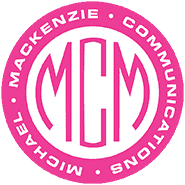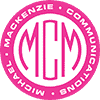Over the last two years, rigid and sharp corners began to gradually disappear from the internet. From the Google search bar to the Facebook status update box, corners now tend to be smooth and round. Further, most profile pictures on social media sites are now circles instead of squares.
This design trend aims not only to stray from the norm and to provide a more aesthetically pleasing appearance for the user, but also to change the feelings that the viewer associates with the design. Sharp corners can be restrictive and plain, creating a dull and depressing website. However, round corners foster flow and creativity. Some would also add the round corners are more comforting and inviting than sharp corners, therefore drawing more user activity.
Some websites are taking the trend further, abandoning a grid layout all together. Meaning, instead of neatly aligned text and images, content drifts around the page as the designer sees fit. This allows for more creative potential, especially when used in conjunction with animation, though it may require sacrificing some accessibility and functionality.
Now, this does not mean sharp corners or clear site layouts are outdated. In fact, these elements can be used effectively to project a structured or sleek feel. This is executed well on Microsoft websites and platforms.
The trend does mean, however, that websites are not just a channel to deliver a message. They are part of the message they deliver. So, a website design should lend itself specifically to the content it hosts and the users who consume the content. There is no “one size fits all” option for the internet. A website design should be hand-tailored for its particular needs.
this post courtesy of intern Andy Hendricks



